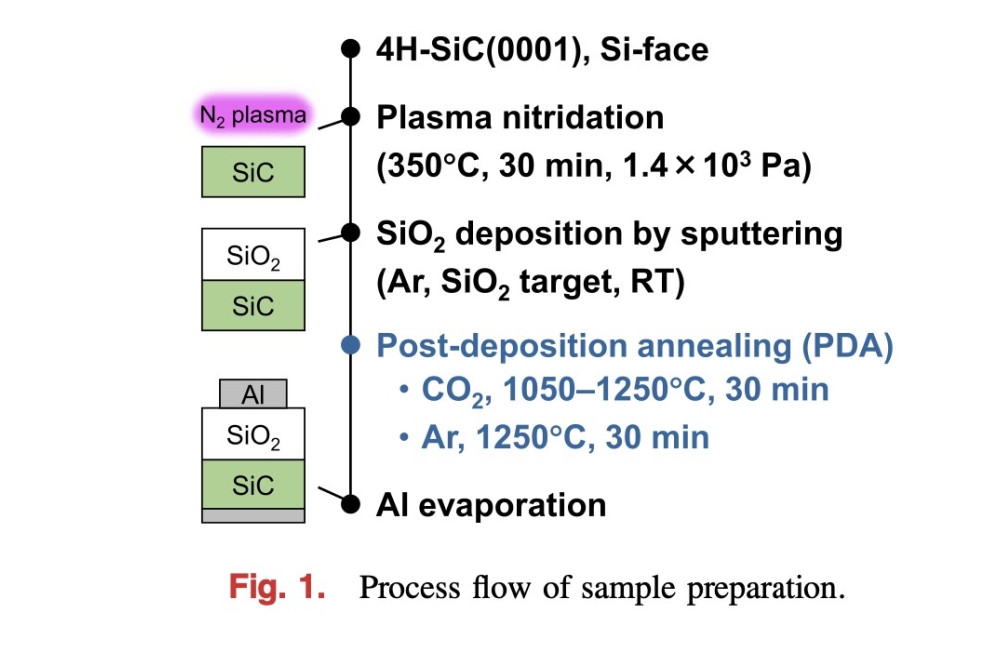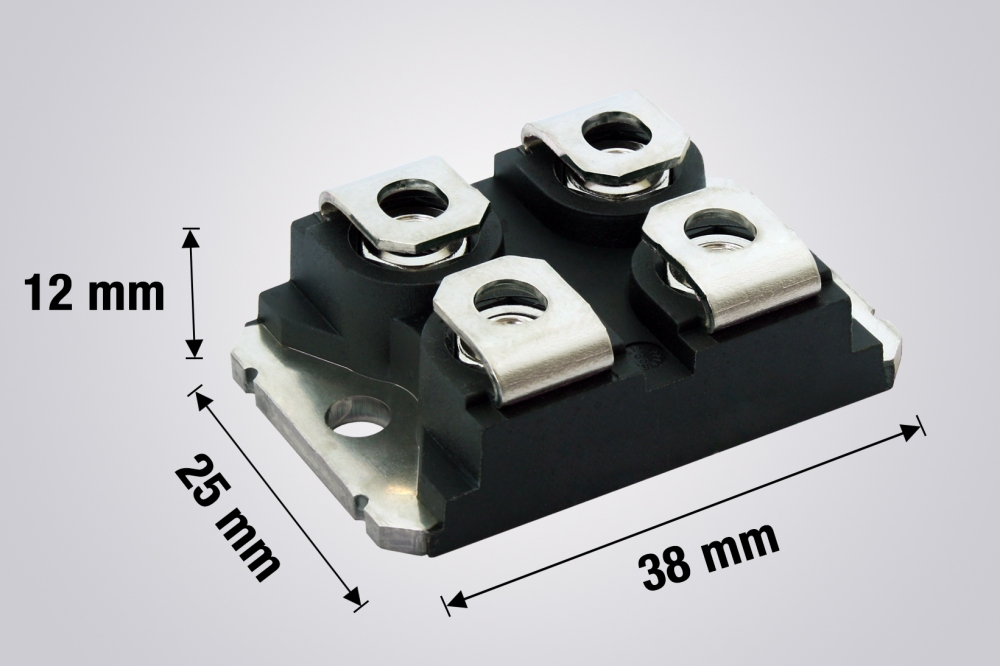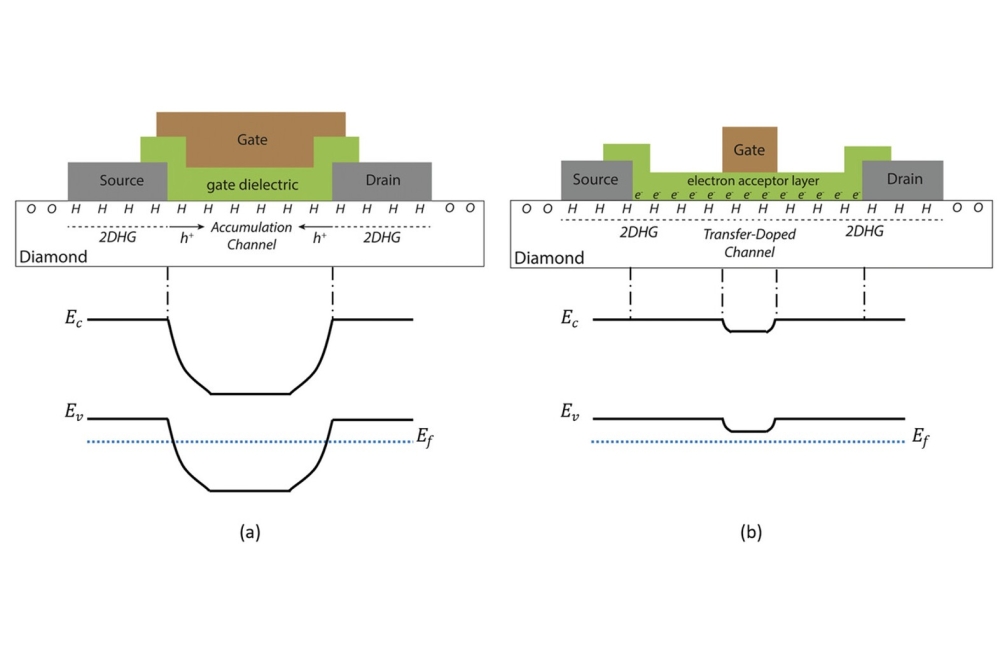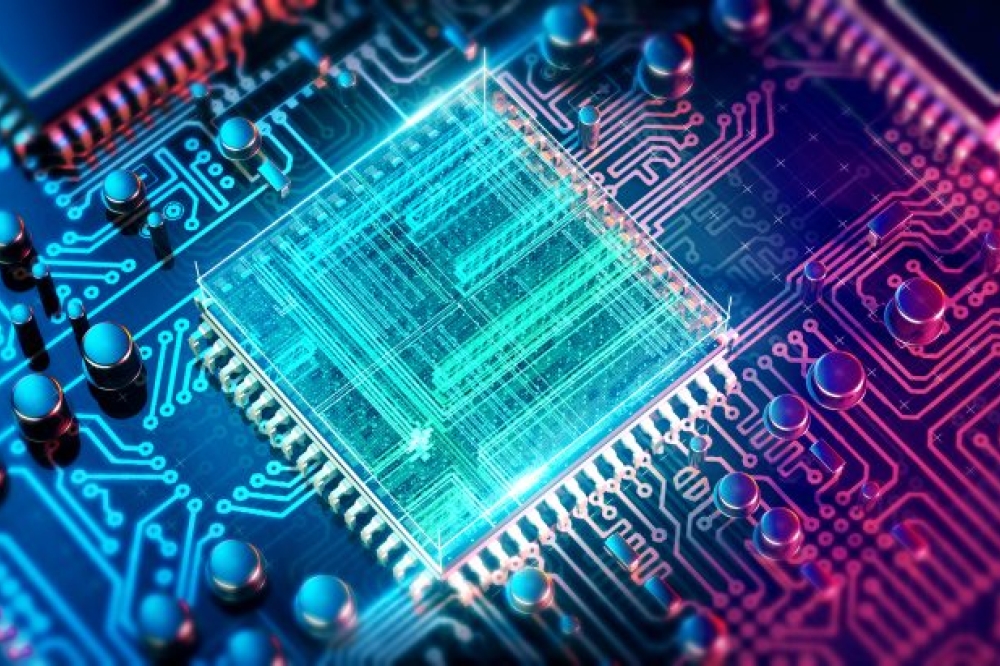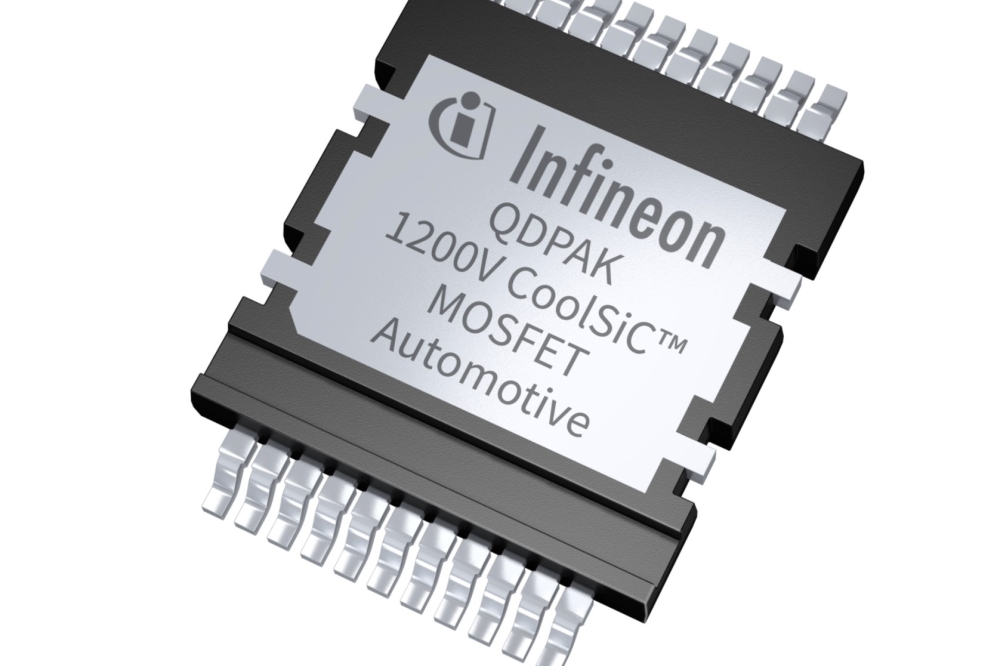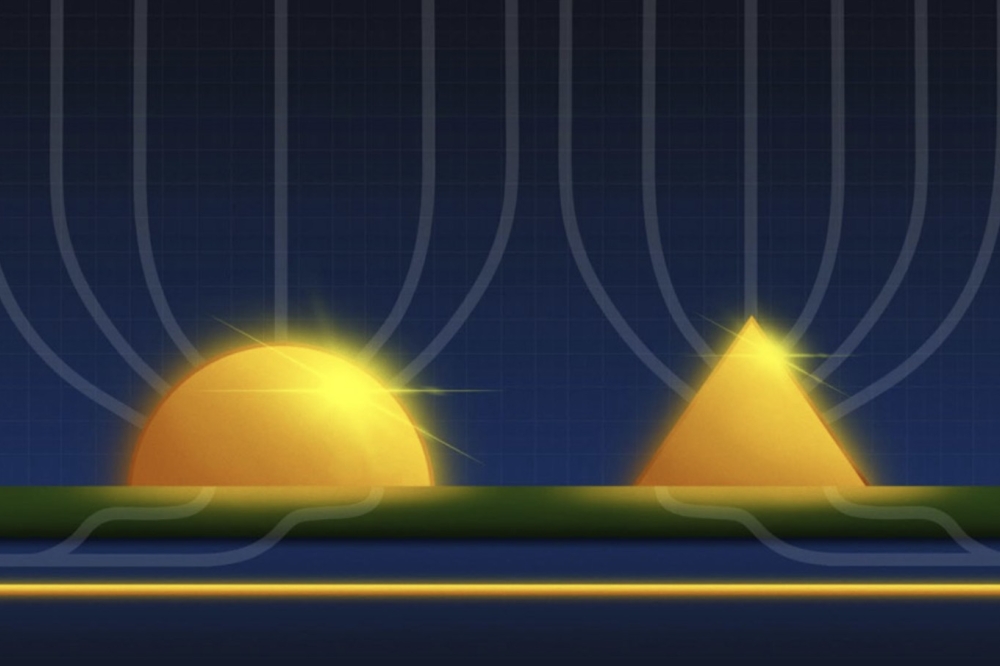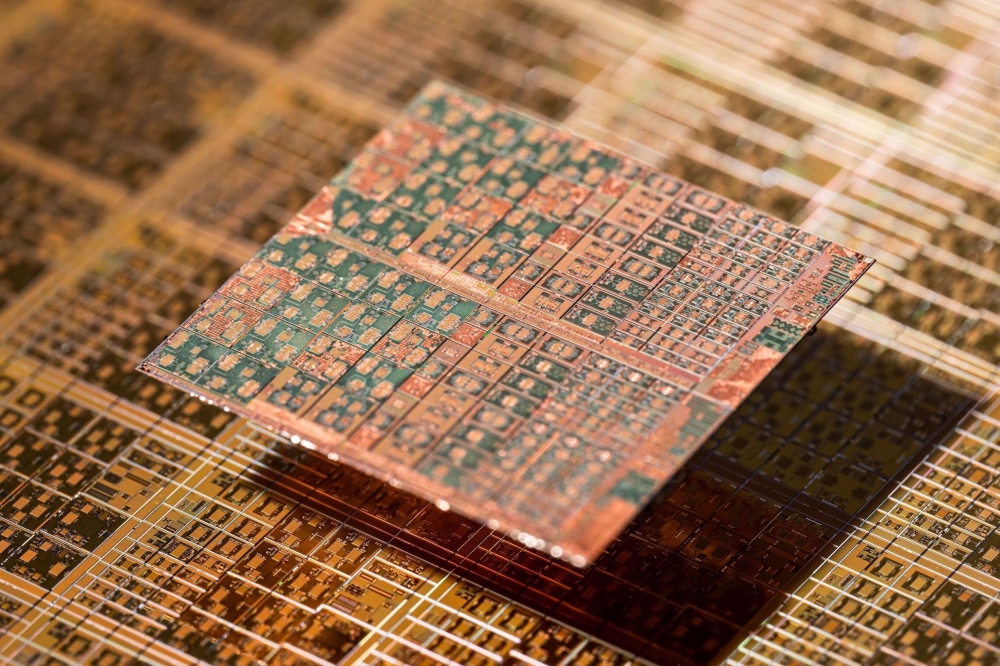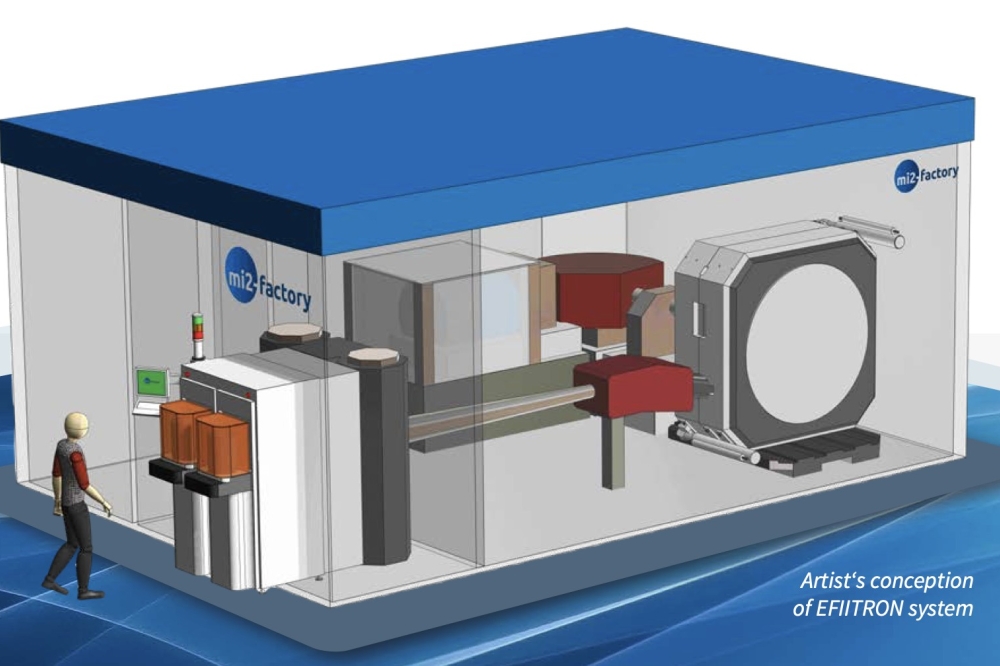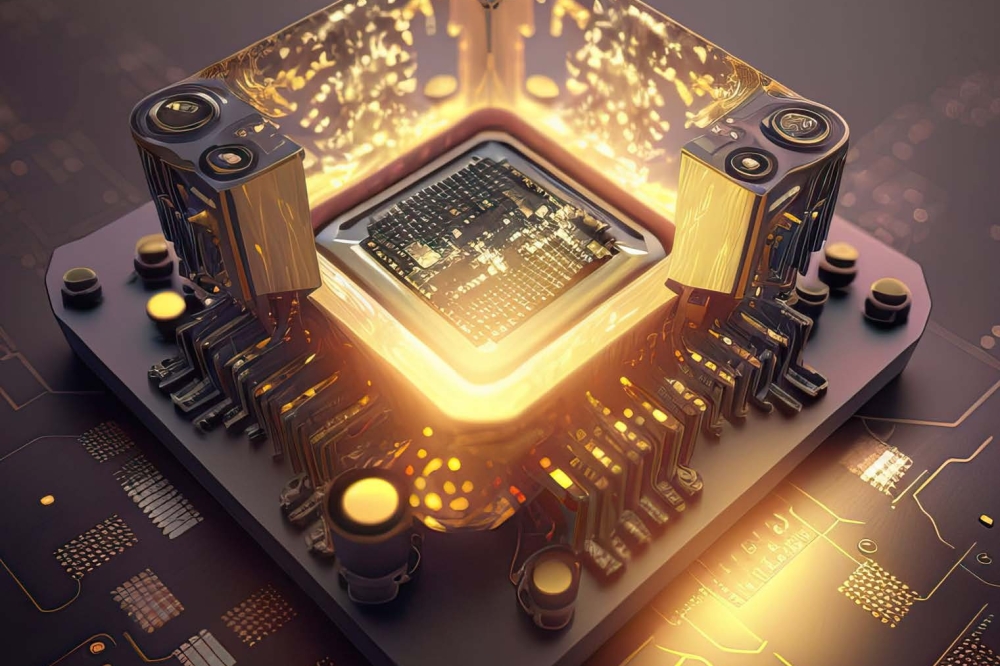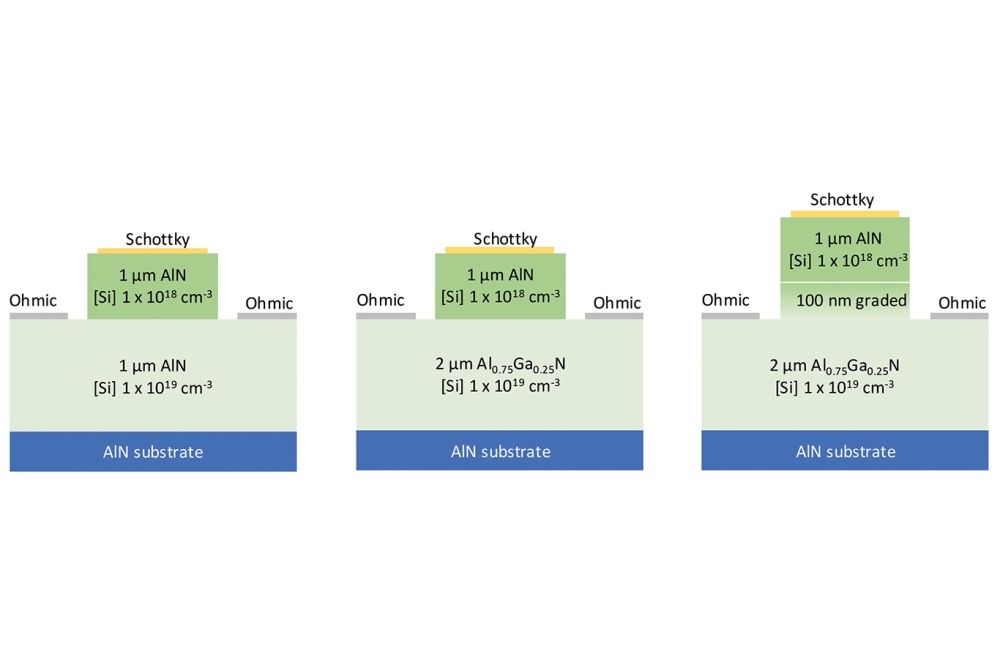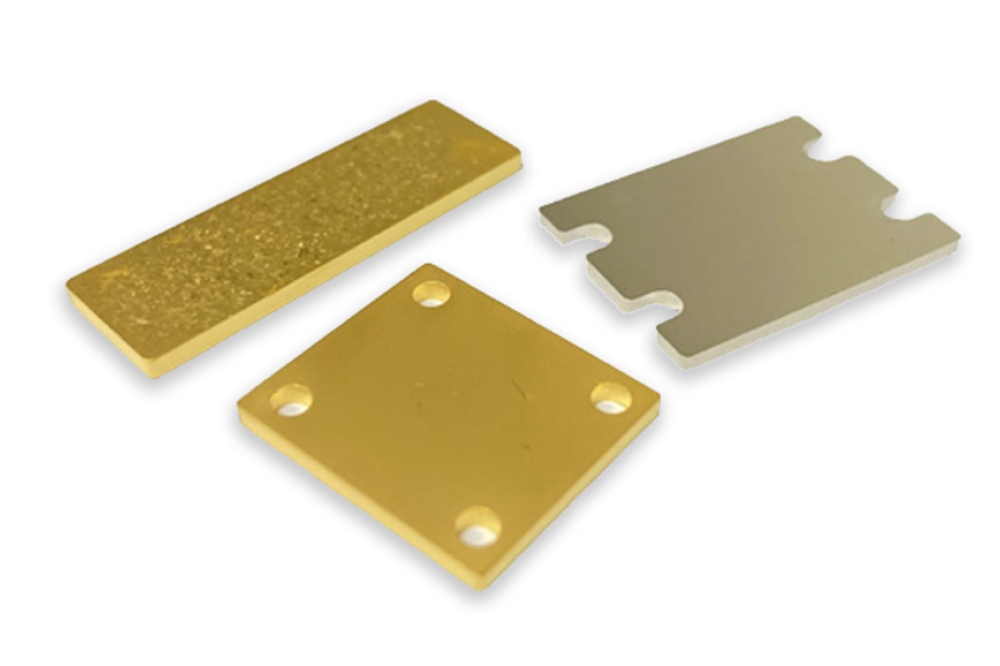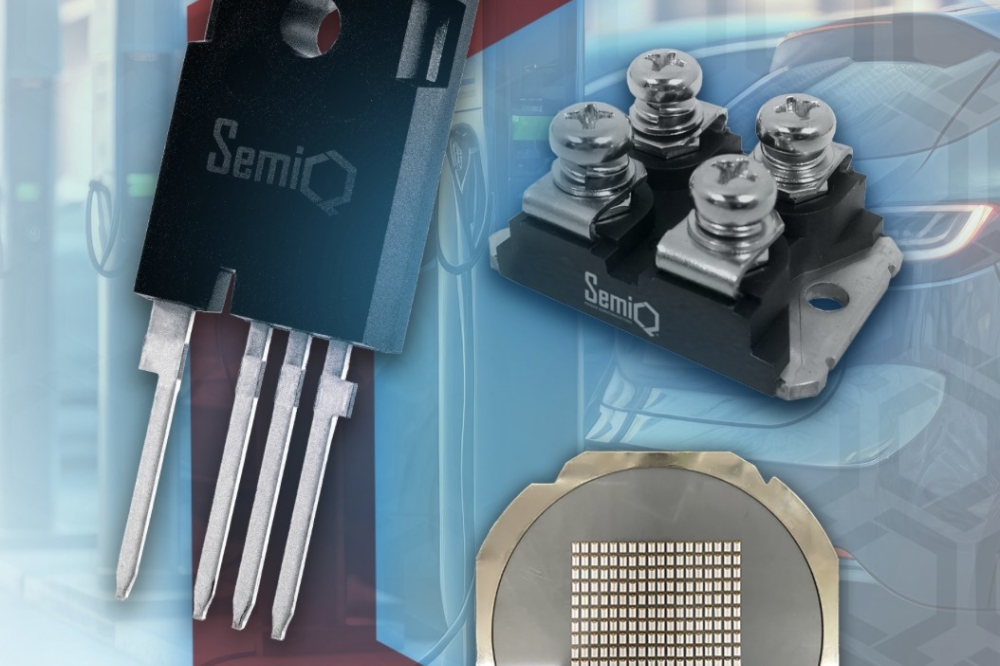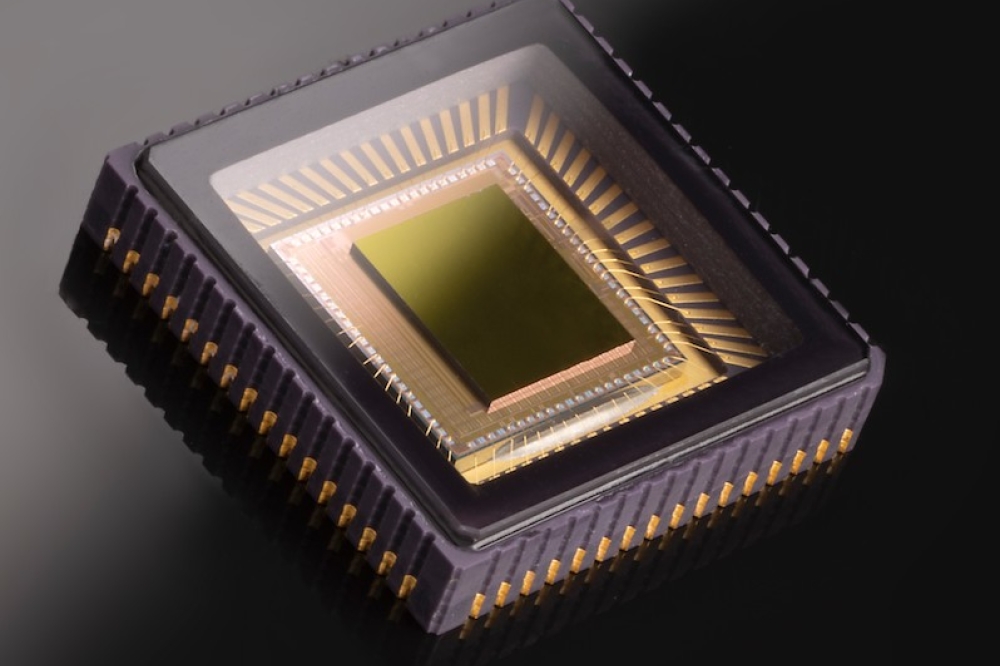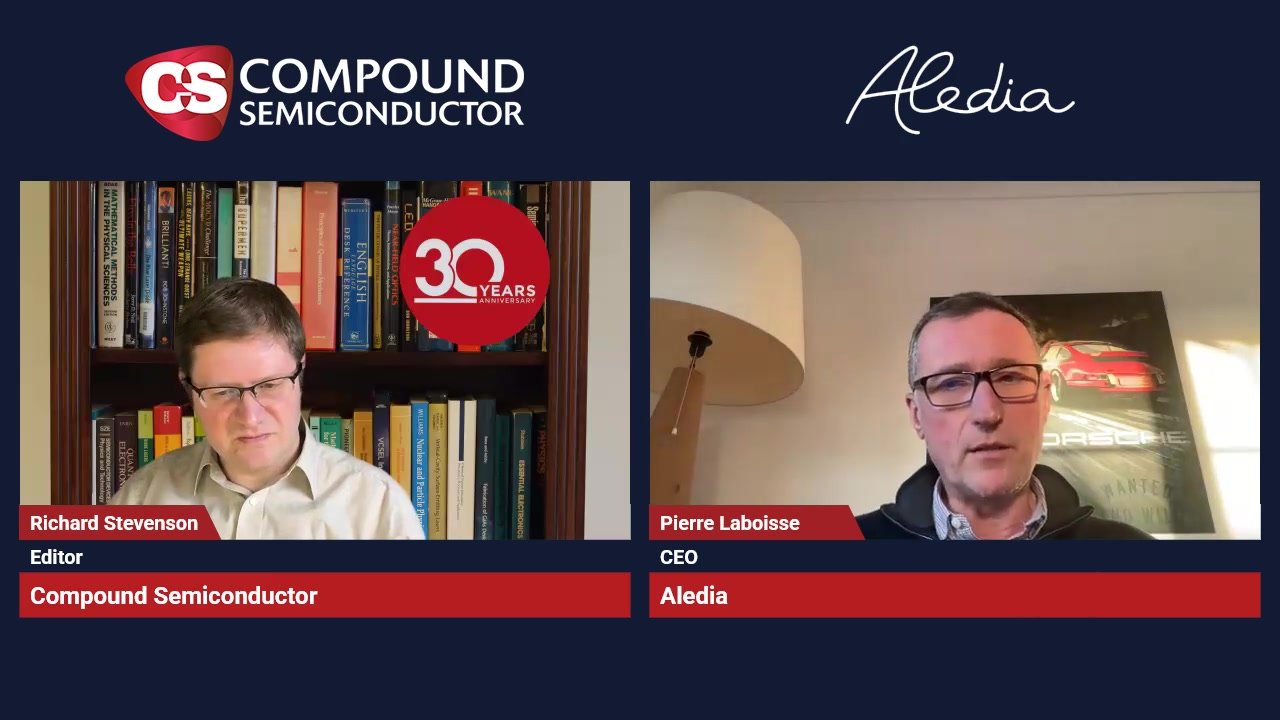Swiss engineers solve mystery of perovskite negative capacitance

Apparent capacitances are not stored charge but a slowly increasing current
Perovskite solar cells are highly efficient and low-cost but suffer from poor long-term stability. Related to this are various odd phenomena in perovskite materials and devices, where very slow microscopic processes produce a kind of memory effect.
Measuring the efficiency of a perovskite solar cell can depend on things like how long the device is illuminated prior to measurement or how the voltage was applied. A few years ago, this effect, known as current-voltage hysteresis, led to disputes on how to accurately determine the efficiency of perovskites. Another example of these obscure processes is a (partial) recovery of a previously degraded solar cell during day-night cycling.
Such effects are a concern when measuring the solar cells' performance as a function of frequency, which is a typical measurement for characterising these devices in more detail (impedance spectroscopy). They lead to large signals at low frequencies (Hz to mHz) and giant capacitance values for the (mF/cm2), including strange, 'unphysical' negative values that are still a puzzle to the research community.
Now, chemical engineers from the lab of Anders Hagfeldt at Ecole Polytechnique Federale de Lausanne (EPFL) in Switzerland have solved the mystery. Led by Wolfgang Tress, a scientist in Hagfeldt's lab, they found that the large perovskite capacitances are not classical capacitances in the sense of charge storage, but just appear as capacitances because of the cells' slow response time.
The researchers show this by measurements in the time domain and with different voltage scan rates. They find that the origin of the apparent capacitance is a slow modification of the current passing the contact of the solar cells, which is regulated by a slow accumulation of mobile ionic charge. A slowly increasing current appears like a negative capacitance in the impedance spectra.
The work sheds light onto the interaction between the photovoltaic effect in these devices and the ionic conductivity of perovskite materials. Gaining such in-depth understanding contributes to the endeavour to tailored, stable perovskite solar cells.
'Origin of apparent light-enhanced and negative capacitance in perovskite solar cells' by Firouzeh Ebadi et al; Nature Communications 05 April 2019

